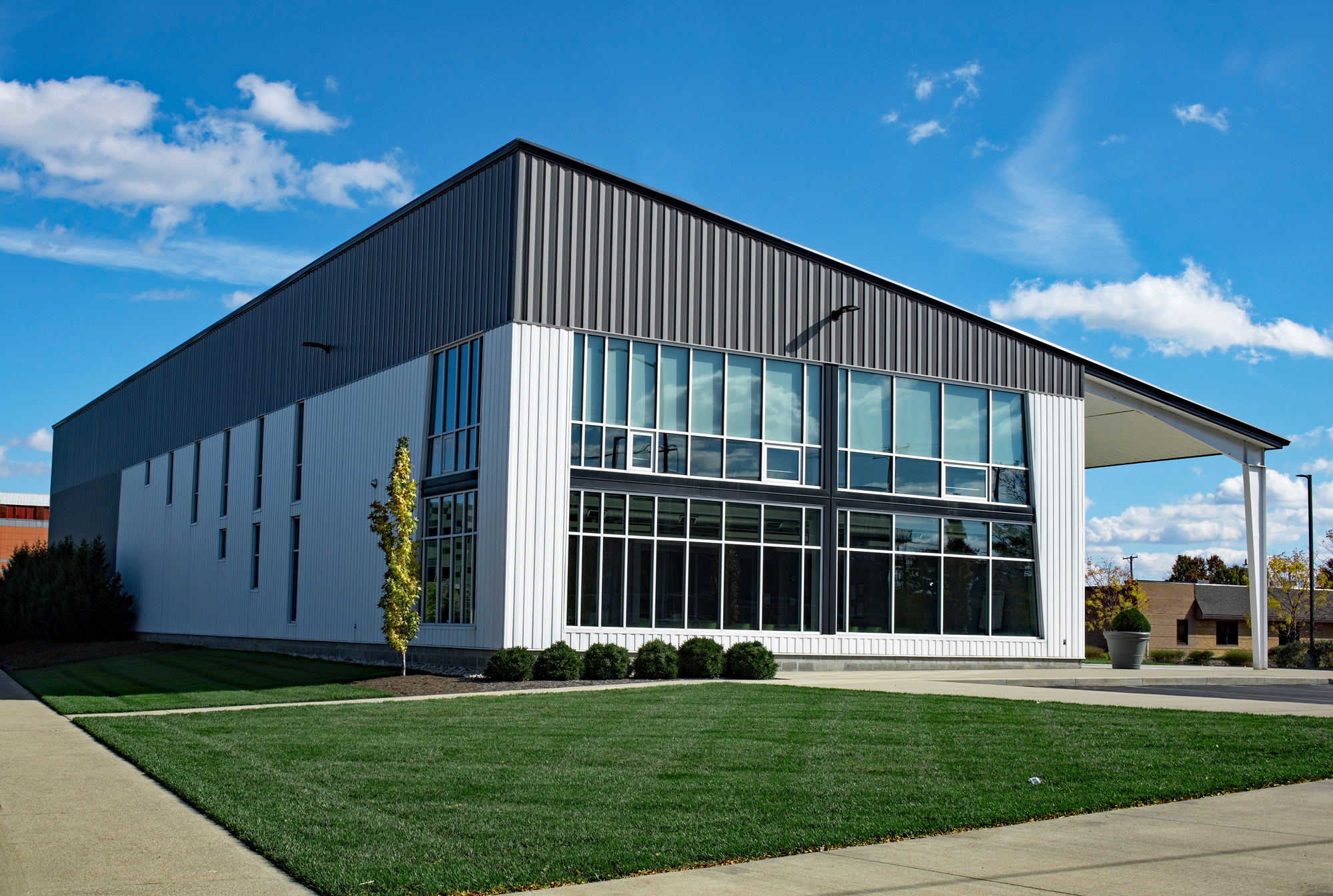Understanding the differences between industrial building classifications will help you narrow down your search for commercial space and find exactly what you’re looking for!
Industrial Building Classifications
Commercial buildings are classified as A, B, or C according to their price, value, quality, and amenities. Real estate and demographics vary from place to place, and as a result, the classification standards are subjective based on the area and market. For example, a Class A building in a smaller suburban setting might be Class B in a large urban area.
Veterans of the construction and real estate businesses know that building classifications are more of an art than a science; the commercial and industrial building class system amounts to an effective shorthand. It can help builders anticipate costs per square foot for non-residential industrial property upgrades and understand what factors contribute to overall value. Although no formal classification standard is enforced by the government or private agencies, these classifications are conventionally accepted by real estate entities, construction companies, and regulators.
Class A Industrial Buildings
Class A buildings are the most prestigious buildings in their market, with the newest state-of-the-art facilities. Class A buildings boast high-quality infrastructure and beautiful interiors and exteriors. Tenants competing for a Class A building are typically well-established industry leaders looking for the best that commercial real estate has to offer.
For those looking for or interested in constructing a Class A building, expect up-to-date HVAC systems, sustainable building materials, and amenities like parking garages that make Class A structures great places to live and work. Other notable features of Class A buildings might be attended lobbies, high-speed wifi, and backup power generators.
Class B Industrial Buildings
Class B buildings are slightly older than Class A buildings with visible signs of age but are still of good quality. Class B buildings are oftentimes older Class A buildings experiencing some depreciation. Investors target these buildings as investment properties to return to or fulfill their Class A potential. They do not have the same amenities as commercial construction projects but some can be renovated to gain Class A status.
According to The Balance Small Business, the majority of Class B buildings are fewer than four stories tall and are often found in the suburbs or on the edge of financial districts. Class B buildings are a great option for businesses looking for a functional space in great shape without a high price tag.
Real estate investors see financial opportunity in upgrading Class B buildings into Class A. One strategy for increasing the status and value of an industrial building is to identify higher-end Class B buildings situated in areas that are developing and augmenting them with features reflective of a changing marketplace trend toward hybrid live, work, and play environments. In addition to repurposing structures once used for manufacturing, developers are also converting commercial and industrial structures to all-in-one commercial and residential builds via vertical mixed-use development.
For instance, one tactic for creating value by converting industrial buildings to offices or loft-style residential spaces is to take advantage of their abundant natural light, ventilation, and wide-open floor plans. However, because the building classification system is subjective and imperfect, predicting the total cost per square foot of renovating these spaces can be inaccurate.
Class C Industrial Buildings
Class C commercial spaces are the lowest quality buildings on the market. They are usually located in the least desirable areas of cities and are over 20 years old. Class C buildings typically require significant repairs and renovations, especially when it comes to technology. Class C buildings attract smaller tenants with low rental rates. As long as your landlord approves it, you can make improvements to upgrade these spaces.
If a Class C building is built new, it often uses the cheapest available materials. It will have few, if any, amenities and only provides the bare essentials in terms of plumbing, heat, and electricity. Class C is the least expensive to build and can often be cheaply renovated if a building isn’t too dilapidated. Still, a Class C space can be a functional and comfortable residential office space.

